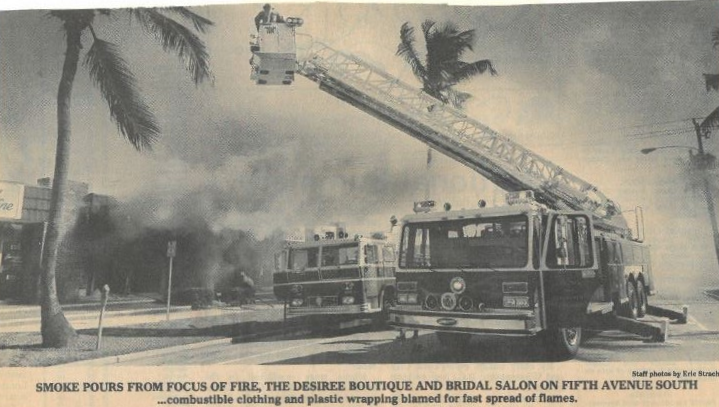History
In 1926, City Council appointed a man by the name of C.H. Hartley to investigate the fire apparatus and equipment needs of the City. There was also a line item budget for “police and fire” in the proceedings of a Council meeting on February 12th, 1926. Although there is evidence of some concern for fire and fire prevention dating back to the earliest council records, the most concrete evidence of the establishment of an official Fire Department dates back to June 17th, 1935 when Councilman’s A.L. McSwain and E.L. Bowling motioned to name Cale Jones as the Town’s Fire Chief. The motion was carried and Cale Jones was to hire 7 firefighters to form an all-volunteer squad. The delivery of a new fire engine on June 20th , 1935 marked the first fire apparatus in our City’s history.
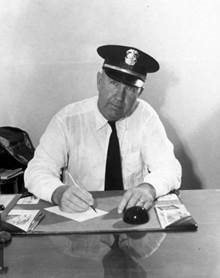
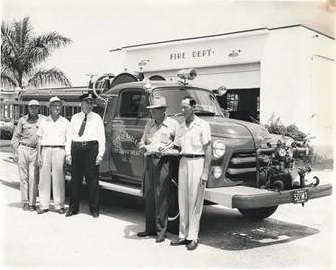
Fire Apparatus / Station 144 10th Ave South
Fire Chief Cale Jones was one of the few people in town with access to a phone. He would walk the streets and receive calls at home to alert the volunteers of a fire. Until official quarters were established for the fire apparatus, the City’s engine responded out of Chief Jones’ home. Therefore, Cale Jones’ home could historically be viewed and accepted as the first Fire Station 1.
Fire Dispatch
Back then, dispatch to notify volunteers of a fire was through a siren located on top of the Town’s power plant located on 6th Street South, between 10th and 11th Avenue. Four individual tones were created to correspond to quadrants dividing the town NW, NE, SW, and SE of what is known as four corners (5th Ave South and US41). Upon hearing the distinct tones, the volunteers would already know where the potential fire would be located.
Career Paid
In 1946 the town agreed to hire 2 firefighters at the rate of $5.00 a month to support the volunteer department. Those two men were Perlie Riner, who became the second ever Fire Chief in 1958, and Harley Chesser; Harley’s brother Clyde would become the first Assistant Chief.
Fire-Rescue / EMS
In September of 1975 four firefighters became the first EMTs in the department’s history. Mayor Harry Heinneman presented certificates of recognition to firefighters Wayne Martin, Hugh Hall, Dave Schrodt and William Burkhardt, and said the presentation was in honor of late Fire Chief David Evans' devotion to "the further training development of expertise" of the City's firefighters.
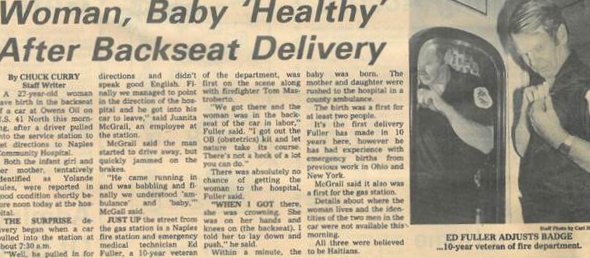
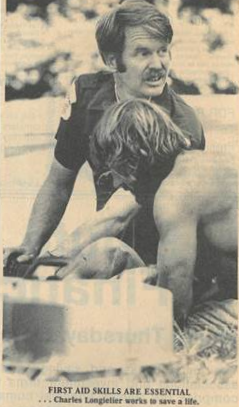
Fire Prevention
Concern for fire prevention can be seen as far back as City Council records in 1926 with fire-safety consideration in planning, zoning and open burning ordinances. Ordinance #986 in March 20th, 1963 established the Bureau of Fire Prevention and the adoption of the Fire Prevention Code.
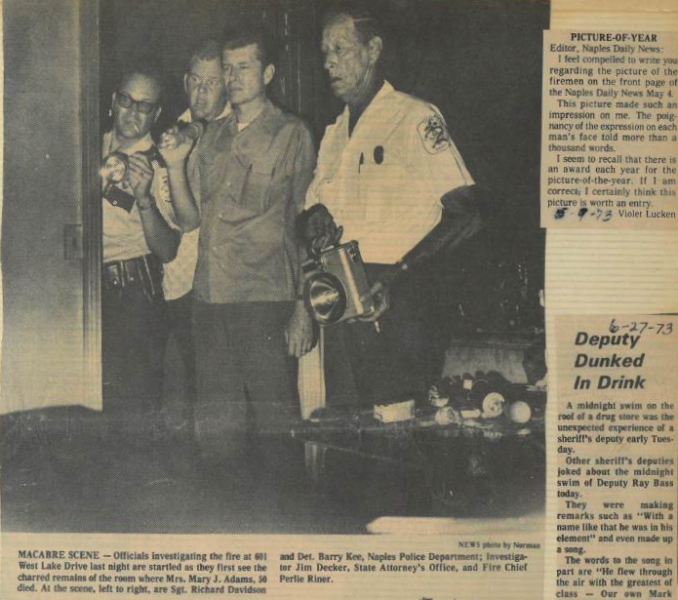
Aircraft Rescue and Firefighting
During World War II Naples supported the war effort by establishing the Naples Army Airfield. The airport was utilized for combat flying training (training of aerial gunners that protected bomber planes) and for basic, level 1, flight training. At the height of the war several hundred men and 75 aircraft were assigned there. After WWII, the airport was returned to the City of Naples and dedicated as the Naples America Airport in 1953. Today, the airport is known as the Naples Municipal Airport and serves as a fully certificated air carrier airport .The Naples Municipal Airport has historically been protected by the City of Naples Fire-Rescue Department; however, official protection under the FAA requirements has been provided since 1987.
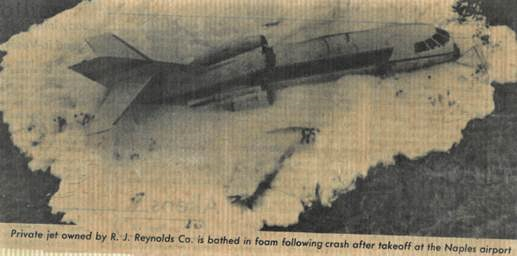
History Repeats
Over the years the Naples Fire Department, now known as Naples Fire-Rescue Department has evolved into a career, dynamic emergency response agency with an all hazards approach towards meeting the community’s needs.
Our department has added more apparatus and our staff has grown from 7 volunteers and a Fire Chief to 69 men and women trained as Firefighters and Emergency Medical Technicians / Paramedics. The department continues to evolve with industry practices and technology; however, though many things have progressed, many of the response challenges remain the same.
